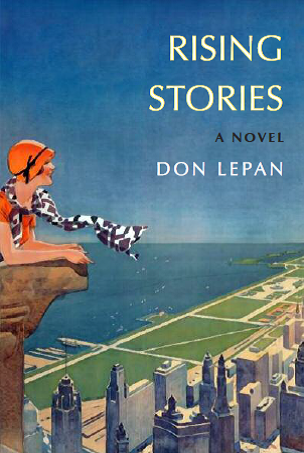Sad to say, not everyone thinks of “fake” and “real” in this way. A case in point is Alexandra Gill’s snarky review of two new vegan restaurants in Vancouver in today’s Globe and Mail, which concludes in this way:
I get it. It’s not really cheese. And for some people, these processed reproductions are a godsend. But if you can’t fake it, why even bother trying to make it? There is so much better to be found in its natural form.Let’s leave to one side Gill’s extraordinary incomprehension (“why even bother…?”) of the many reasons other than taste for people to want to eat a plant-based, whole food diet (far better health, infinitely less damage to the environment, eliminating the appalling cruelty that farmed animals are routinely subjected to); I’ll keep the focus in this post on the nexus of real, fake, natural, and processed.
To begin with, Gill evidently assumes vegan dishes that reference familiar cheese-based or meat-based dishes to always be designed with the intent of slavishly coping the features of those dishes. That may be the case with some such vegan dishes, but a good vegan “mac & cheese” is no more a copy of a traditional mac & cheese than Manet’s Olympia is a copy of Titian’s Venus of Urbino—or Shakespeare’s King Lear is a copy of the anonymous play King Leir that he drew on for much of his source material. In such cases the later works resemble the earlier, but it would be entirely wrong-headed to call the later work a copy of the “original.”
But Gill doesn’t just assume that all vegan “inspired by” dishes represent attempts to copy slavishly; she also assumes that such dishes are less “real” in other senses. Here she is writing about the vegan mac 'n cheese served at Meet in Gastown:*
The mac ’n cheese does a better job of faking it [than do the restaurant’s vegan burger offerings]. The yellow cashew sauce is thick and melty, and the nutritional yeast sprinkled over top adds crumbly, gratin-like texture. But honestly, the green side salad is the most satisfying part of the meal because it’s real food.So which is more real—traditional mac & cheese or vegan mac & cheese? To Gill, the latter is a “processed reproduction” of the real thing. But let’s give the matter of processing a moment’s thought. Cashew cream—the main ingredient in the sauce of most vegan “mac & cheese” recipes, is minimally processed; all you do is grind the cashews until they become smooth and creamy. What about cheese—which is of course the main ingredient in the sauce of traditional mac & cheese? Because humans have been making it for so many centuries, we tend to regard cheese as natural, and as unprocessed. You may well be unshakeable in your belief that it’s “natural” for one species to take the milk of another (and take the babies of that other species away from their mothers in order to do so). But you can hardly maintain that cheese is not a highly processed food: from the heating and fermentation of the cow’s milk through the manipulation of lactic acid levels, the addition of enzymes produced in the stomachs of ruminants, and the separation into curds and whey, to the inducing of mold and the complex aging and curing process—it’s all highly complex. The twentieth-century creation of industrial products known as processed cheese—which of course are even more highly processed—has no doubt helped foster the sense that “natural” cheese is an unprocessed food. In fact it is by far a more processed food than the cashew cream that’s the basis for vegan “cheese” sauces—and a less natural one too, if it comes to that.
What’s more real, then? Traditional mac & cheese or vegan mac & cheese? What’s more natural? Perhaps it’s better simply to ask this: what’s better? Alexandra Gill and I will no doubt differ as to what tastes better, while she chooses to simply ignore issues such as what’s better for the environment, what’s better for human health, and what’s better for non human animals. For many of the rest of us, though, such “side issues” matter a lot more than does the matter of taste. It’s simply a wonderful bonus when dishes such as vegan mac & cheese also offer better taste—as is the case these days in many, many restaurants, as well as in many recipes that you can google and easily make for yourself at home.
*I've not eaten at the new Meet in Gastown, but (thanks to my daughter Naomi) I have eaten more than once at its sister restaurant, Meet on Main, which shares the same menu; I highly recommend it.





No comments:
Post a Comment
Comments welcome!